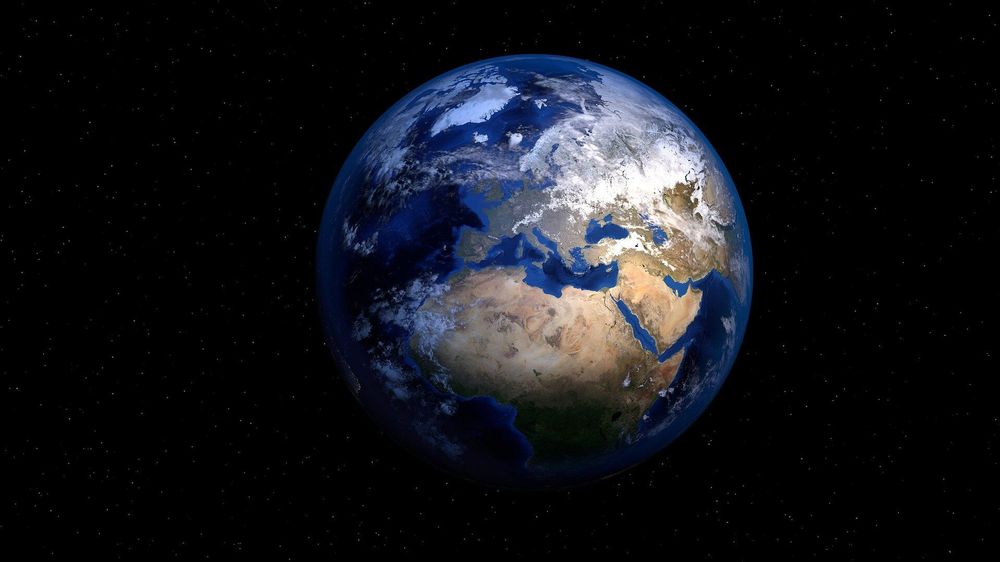Over the last 540 million years, the Earth has weathered three major ice ages—periods during which global temperatures plummeted, producing extensive ice sheets and glaciers that have stretched beyond the polar caps.
Now scientists at MIT, the University of California at Santa Barbara, and the University of California at Berkeley have identified the likely trigger for these ice ages.
In a study published in Science, the team reports that each of the last three major ice ages were preceded by tropical “arc-continent collisions”—tectonic pileups that occurred near the Earth’s equator, in which oceanic plates rode up over continental plates, exposing tens of thousands of kilometers of oceanic rock to a tropical environment.










Comments are closed.